The short answer is yes, you do need an air gap for your kitchen sink. This small device may seem insignificant, but it plays a crucial role in protecting your home and family from potential health hazards. Let's dive deeper into why an air gap is necessary for your kitchen sink.Do I Need an Air Gap for My Kitchen Sink?
An air gap is a small, cylindrical device that is typically installed on the back of your kitchen sink, near the faucet. It is designed to prevent contaminated water from flowing back into your clean water supply. The air gap acts as a physical barrier, creating a gap between the dishwasher drain and the sink drain.What Is an Air Gap in a Sink?
According to plumbing codes, an air gap is required for dishwashers to prevent cross-contamination between the wastewater and clean water supply. Dishwashers are connected to the sink's drain, which can create a potential backflow of dirty water into your sink and potentially contaminate your dishes. An air gap provides a safe and reliable solution to this problem.Why Is an Air Gap Required for Dishwashers?
Installing an air gap for your kitchen sink is a simple process that can be done by a plumber or even a handy homeowner. The first step is to locate the air gap on the back of your sink, near the faucet. Next, you will need to connect the dishwasher drain hose to the air gap. Finally, connect the air gap to the sink drain using a hose. Make sure to secure all connections tightly to avoid any leaks.How to Install an Air Gap for a Kitchen Sink
If you don't have an air gap for your dishwasher, it can lead to potential health hazards. Without an air gap, there is a risk of contaminated water from the dishwasher flowing back into your clean water supply. This can result in the spread of bacteria and other harmful substances. Additionally, not having an air gap can also lead to clogs in your sink drain, causing unwanted backups and costly repairs.What Happens If You Don't Have an Air Gap for Your Dishwasher?
Cleaning your air gap is an essential part of maintaining your kitchen sink's overall health. Over time, debris and other particles can build up in the air gap, causing it to clog and malfunction. To clean your air gap, simply remove the top cap and clean out any debris. You can also use a small brush to scrub away any buildup. It's recommended to clean your air gap at least once a month to avoid any potential issues.How to Clean an Air Gap for a Kitchen Sink
The main purpose of an air gap is to protect your home's clean water supply from contamination. It acts as a barrier between the dishwasher drain and the sink drain, preventing any dirty water from flowing back into your sink. An air gap is an important safety feature that ensures the water you use for drinking, cooking, and cleaning is free of any harmful substances.What Is the Purpose of an Air Gap?
It's essential to regularly test your air gap to ensure it's functioning correctly. To test your air gap, first, make sure the dishwasher is running. Next, fill the sink with water and let it drain. If the air gap is working correctly, you should see water flowing through the air gap and into the sink. If there is no water coming out of the air gap, it may be clogged and in need of cleaning or replacement.How to Test If Your Air Gap Is Working
While both an air gap and a high loop are methods used to prevent backflow in dishwashers, there are some key differences between the two. An air gap is a physical barrier, while a high loop is a simple bend in the dishwasher's drain hose. An air gap is considered the more effective option as it creates a more significant gap between the dishwasher and sink drain.What Is the Difference Between an Air Gap and a High Loop?
If you notice water leaking from your air gap, it's essential to address the issue promptly. The first step is to check for any clogs or debris in the air gap and clean it out if necessary. If the issue persists, you may need to replace the air gap entirely. You can purchase a new air gap from your local hardware store and follow the installation steps mentioned earlier. In conclusion, having an air gap for your kitchen sink is not only necessary but also essential for your family's health and safety. Regular maintenance and cleaning of your air gap can prevent potential issues and ensure it continues to function correctly. So, if you don't have an air gap for your kitchen sink yet, it's time to consider installing one for the overall well-being of your home.How to Fix an Air Gap Leaking Water
The Importance of a Kitchen Sink Air Gap

Preventing Contamination and Ensuring Clean Water
 When designing a house, there are many important elements to consider. From the layout and aesthetics to the functionality and safety, every aspect plays a crucial role in creating a comfortable and functional living space. One often overlooked aspect of house design is the
kitchen sink air gap
. While it may seem like a small and insignificant detail, a kitchen sink air gap is an essential component in ensuring the cleanliness and safety of your household's water supply.
So, what exactly is a kitchen sink air gap and why is it necessary? A kitchen sink air gap is a small device that is installed on the top of the sink, next to the faucet. It is designed to prevent backflow, which is when dirty or contaminated water flows back into the clean water supply. This can happen when there is a sudden decrease in water pressure, such as when a dishwasher or garbage disposal is draining.
Air gaps
are required by plumbing codes and regulations to prevent contamination of the water supply. Without one, there is a risk of harmful bacteria, chemicals, or debris entering your drinking and cooking water. This can lead to serious health issues for you and your family.
Additionally, a kitchen sink air gap also helps to ensure that your household's water is clean and free from any unwanted odors or tastes. It acts as a barrier between the sink and the dishwasher or garbage disposal, preventing any cross-contamination from occurring. This is especially important for those with sensitive palates or allergies, as even a small amount of contamination can cause discomfort or illness.
When designing a house, there are many important elements to consider. From the layout and aesthetics to the functionality and safety, every aspect plays a crucial role in creating a comfortable and functional living space. One often overlooked aspect of house design is the
kitchen sink air gap
. While it may seem like a small and insignificant detail, a kitchen sink air gap is an essential component in ensuring the cleanliness and safety of your household's water supply.
So, what exactly is a kitchen sink air gap and why is it necessary? A kitchen sink air gap is a small device that is installed on the top of the sink, next to the faucet. It is designed to prevent backflow, which is when dirty or contaminated water flows back into the clean water supply. This can happen when there is a sudden decrease in water pressure, such as when a dishwasher or garbage disposal is draining.
Air gaps
are required by plumbing codes and regulations to prevent contamination of the water supply. Without one, there is a risk of harmful bacteria, chemicals, or debris entering your drinking and cooking water. This can lead to serious health issues for you and your family.
Additionally, a kitchen sink air gap also helps to ensure that your household's water is clean and free from any unwanted odors or tastes. It acts as a barrier between the sink and the dishwasher or garbage disposal, preventing any cross-contamination from occurring. This is especially important for those with sensitive palates or allergies, as even a small amount of contamination can cause discomfort or illness.
Easy Maintenance and Cost-Effective Solution
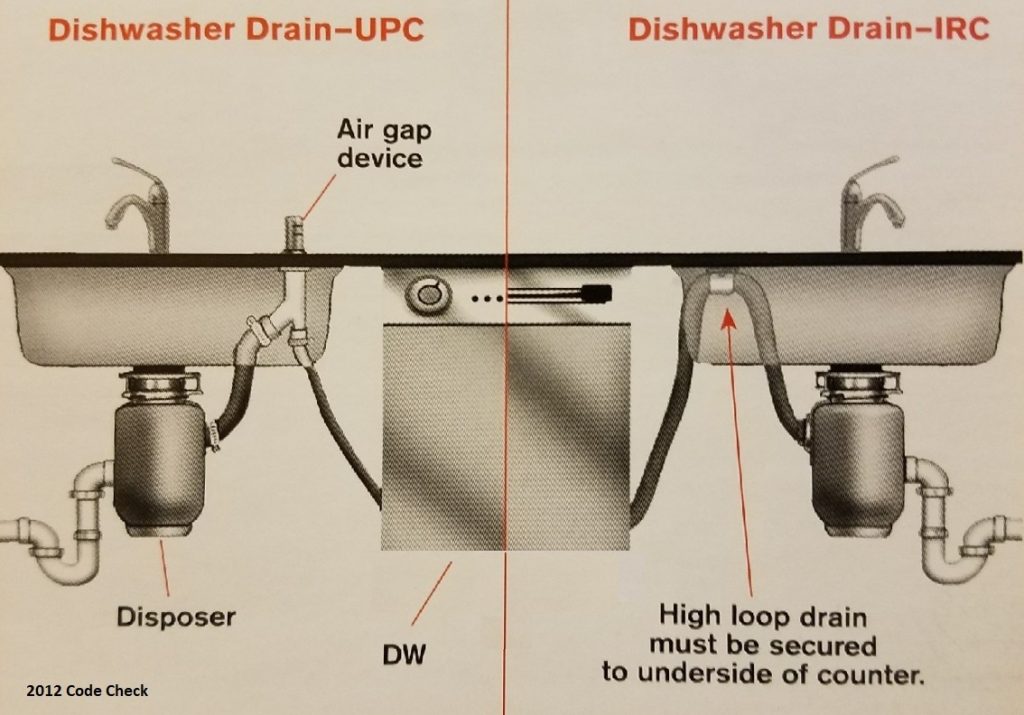 Not only is a kitchen sink air gap necessary for the safety and cleanliness of your water supply, but it is also a cost-effective and low-maintenance solution. It requires minimal upkeep and can easily be cleaned with soap and water. In contrast, the cost of repairing or replacing a contaminated water supply can be much higher.
In addition, a kitchen sink air gap is a simple and relatively inexpensive addition to your kitchen. It can easily be installed during the initial construction or added on later as a retrofit. With its compact and discreet design, it won't take up much space or disrupt the overall aesthetics of your kitchen.
In conclusion, a kitchen sink air gap is an essential element in house design, particularly in the kitchen. It helps to prevent contamination and ensure clean water for you and your family. So, when designing your dream home, don't overlook the importance of a kitchen sink air gap. Your health and well-being depend on it.
Not only is a kitchen sink air gap necessary for the safety and cleanliness of your water supply, but it is also a cost-effective and low-maintenance solution. It requires minimal upkeep and can easily be cleaned with soap and water. In contrast, the cost of repairing or replacing a contaminated water supply can be much higher.
In addition, a kitchen sink air gap is a simple and relatively inexpensive addition to your kitchen. It can easily be installed during the initial construction or added on later as a retrofit. With its compact and discreet design, it won't take up much space or disrupt the overall aesthetics of your kitchen.
In conclusion, a kitchen sink air gap is an essential element in house design, particularly in the kitchen. It helps to prevent contamination and ensure clean water for you and your family. So, when designing your dream home, don't overlook the importance of a kitchen sink air gap. Your health and well-being depend on it.

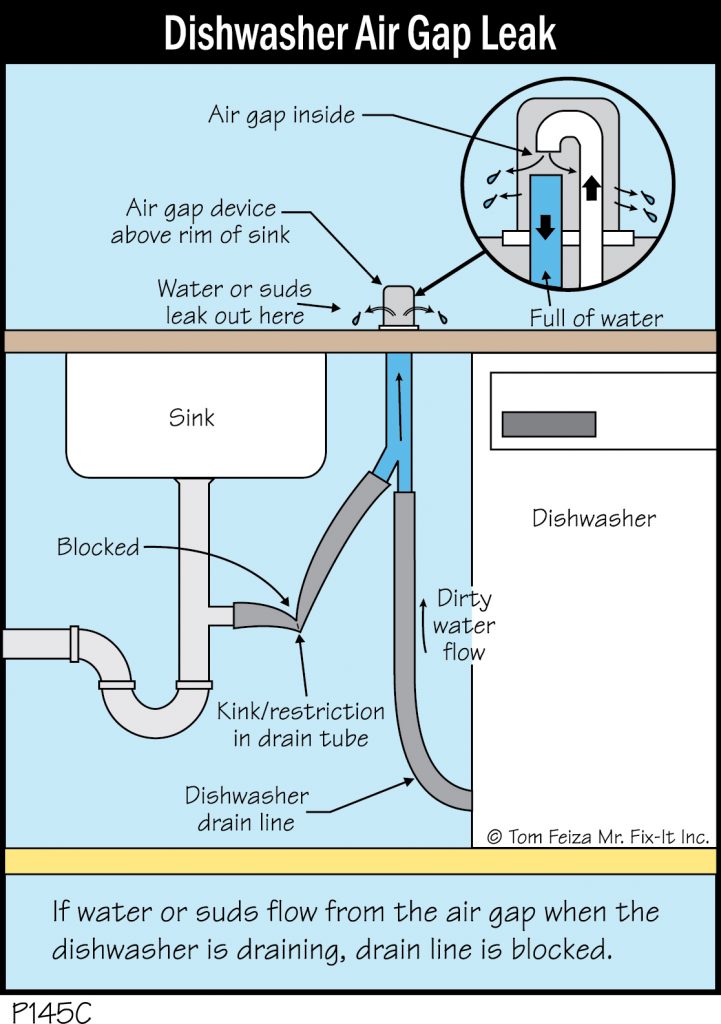


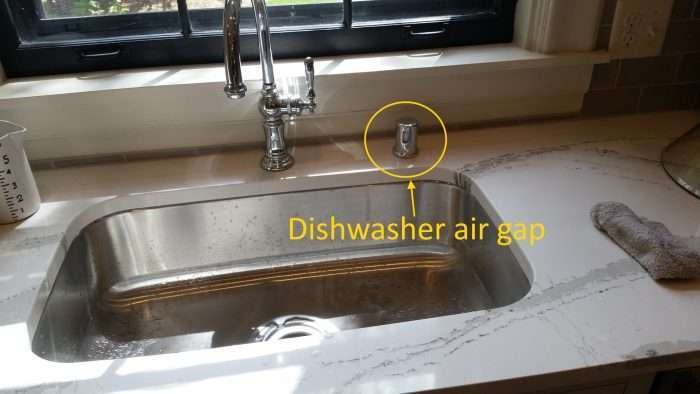




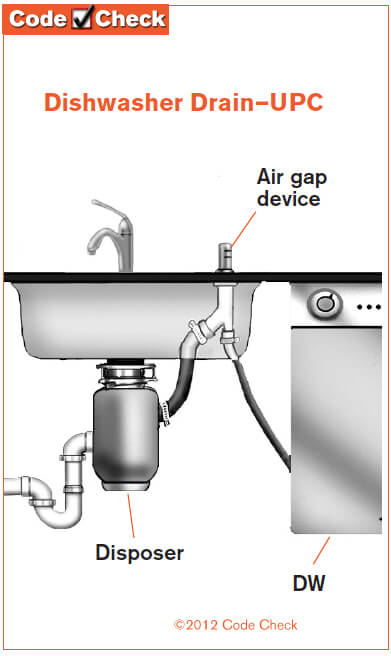
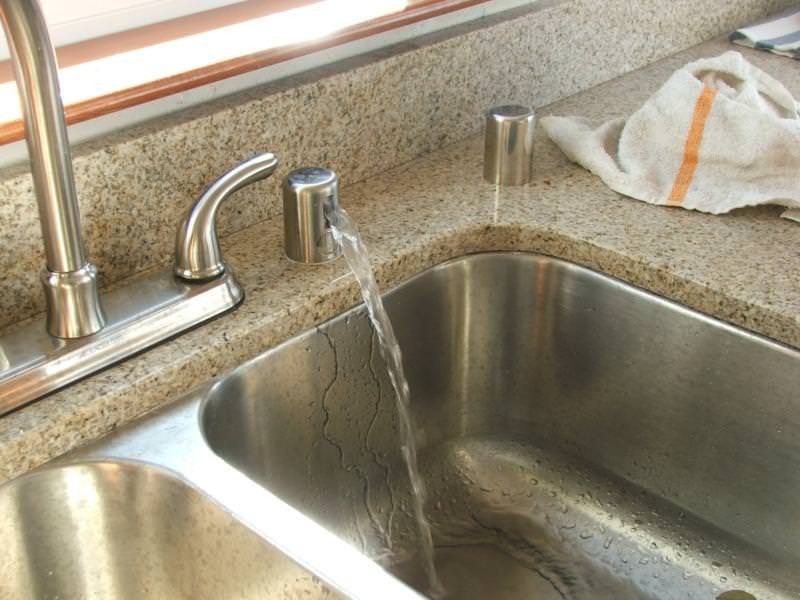


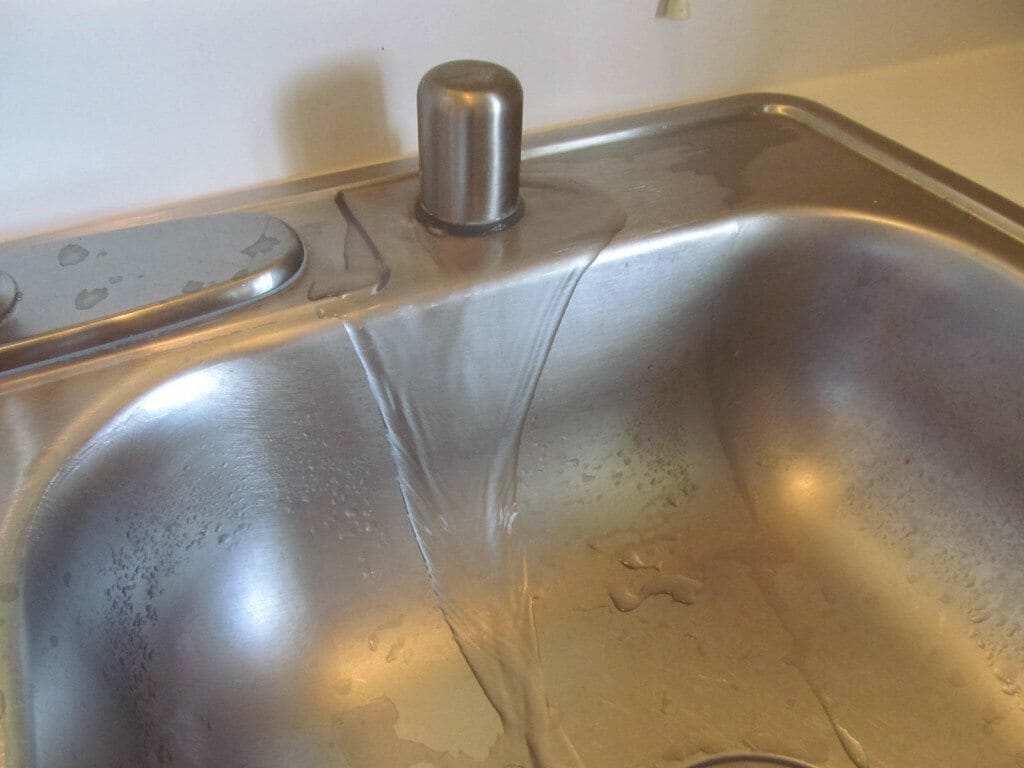
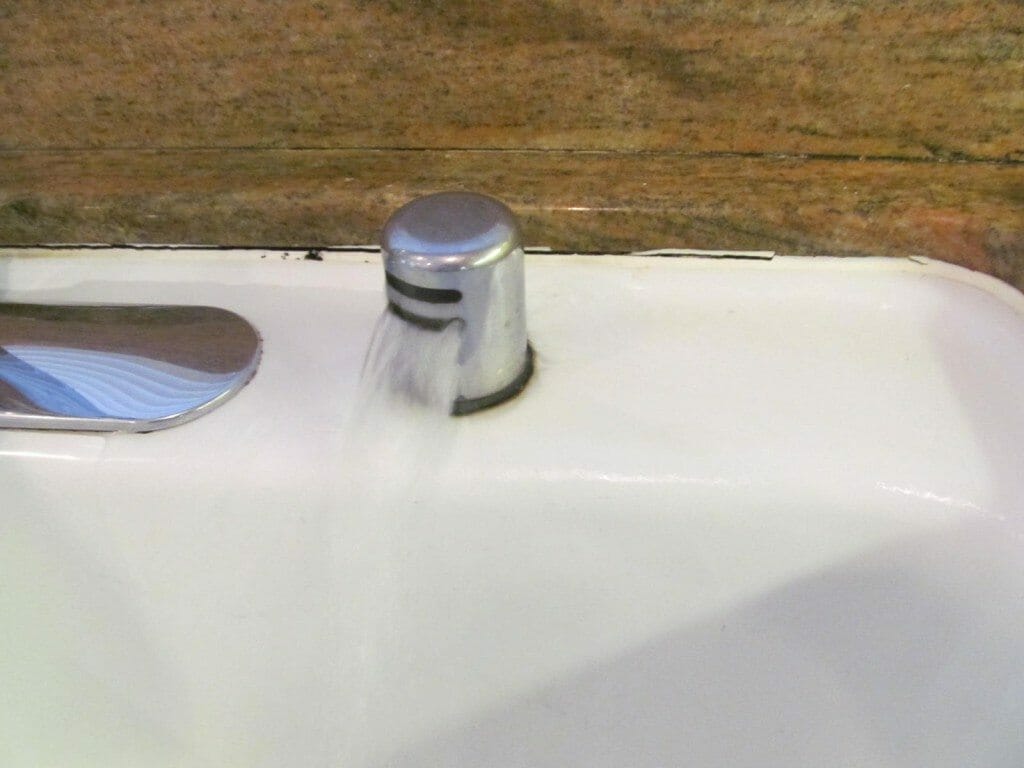

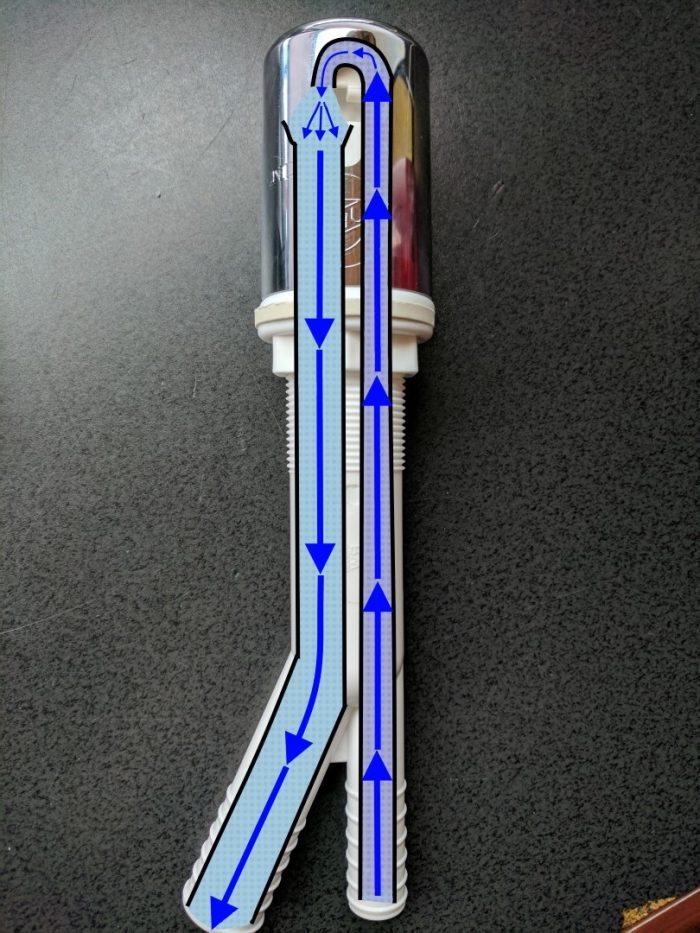


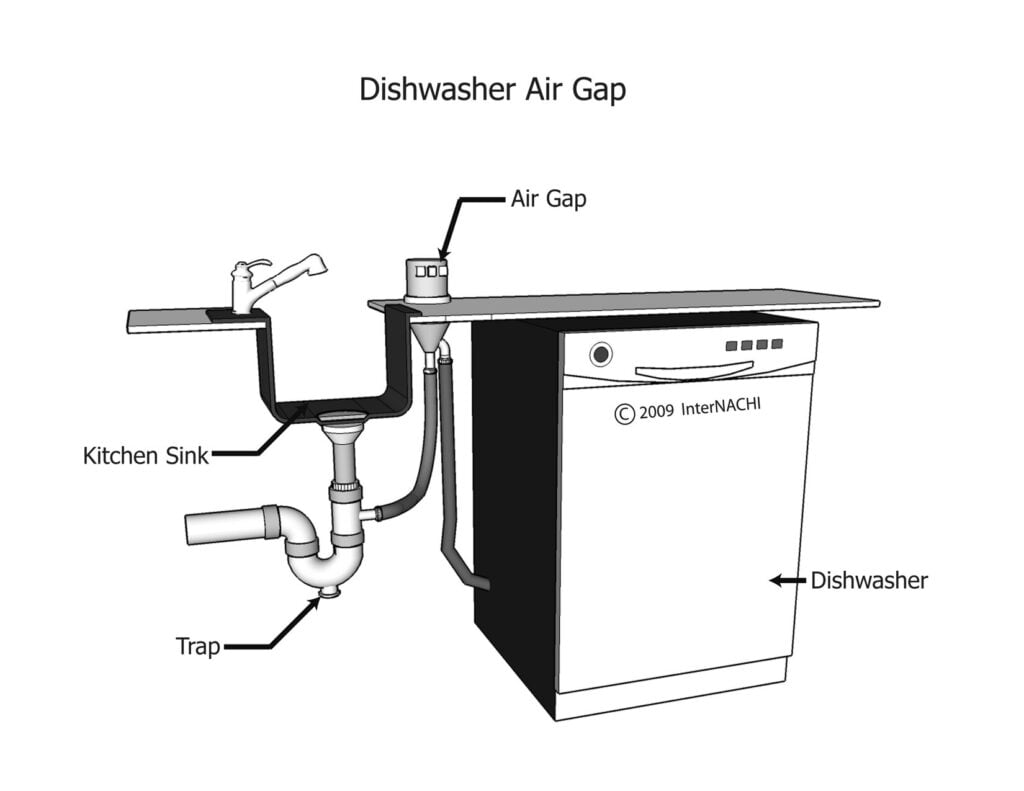









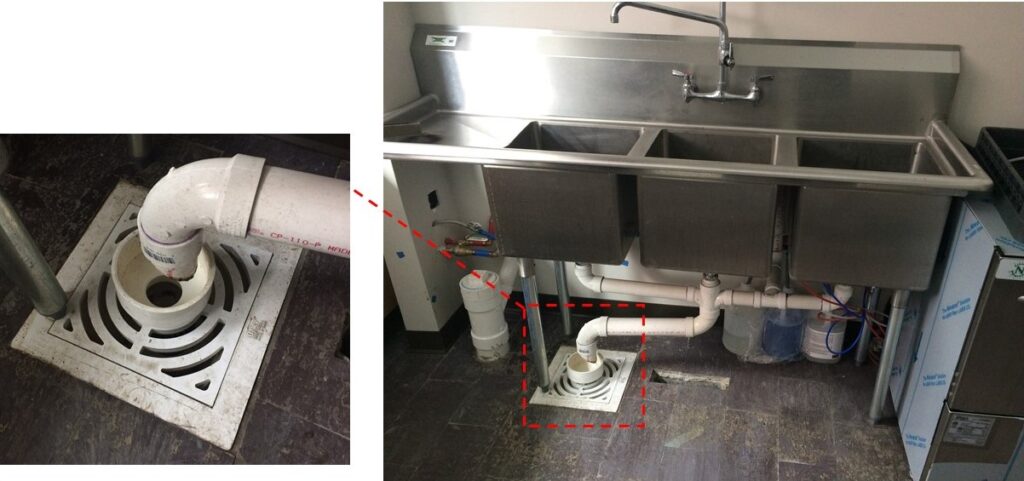
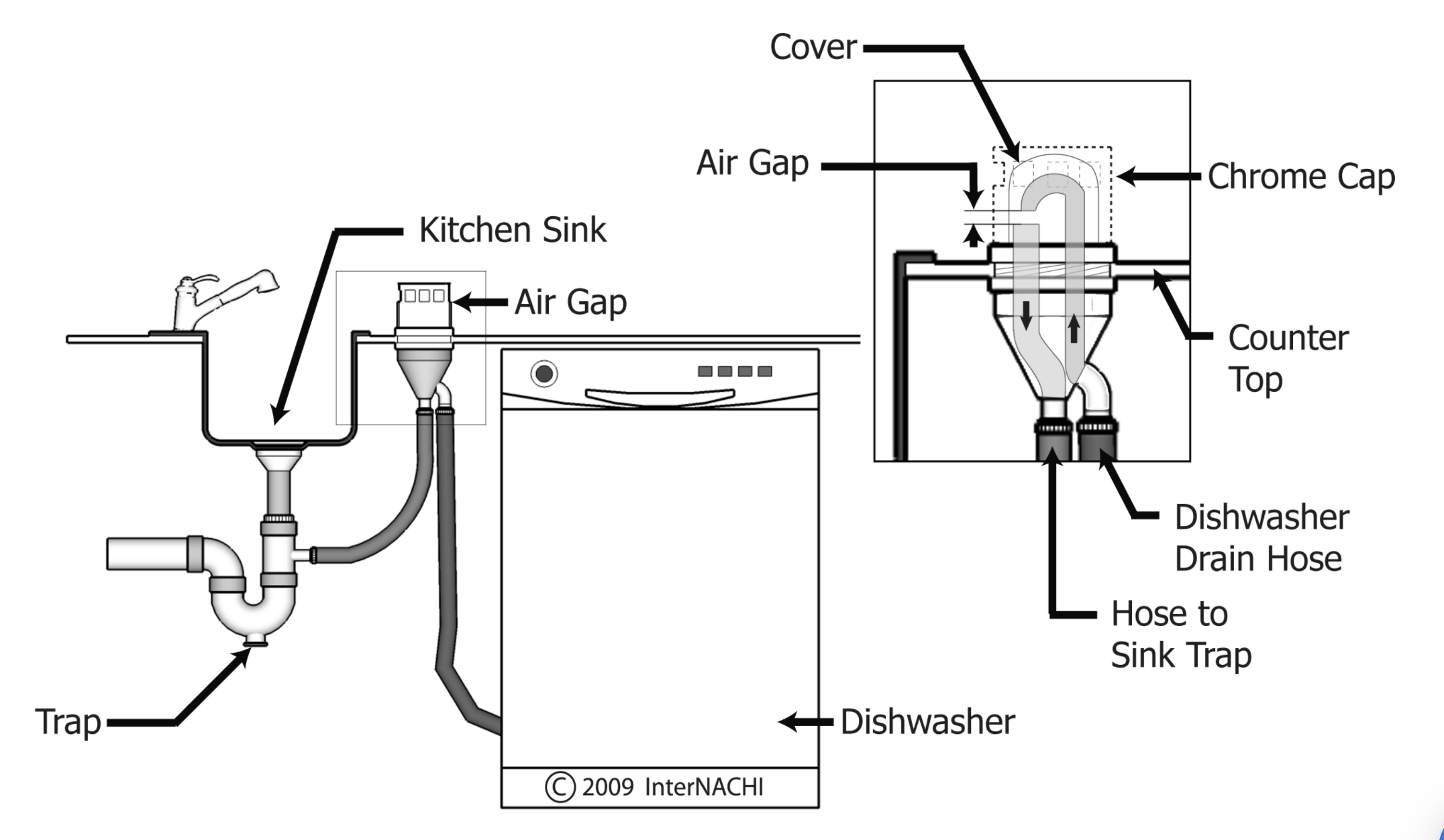
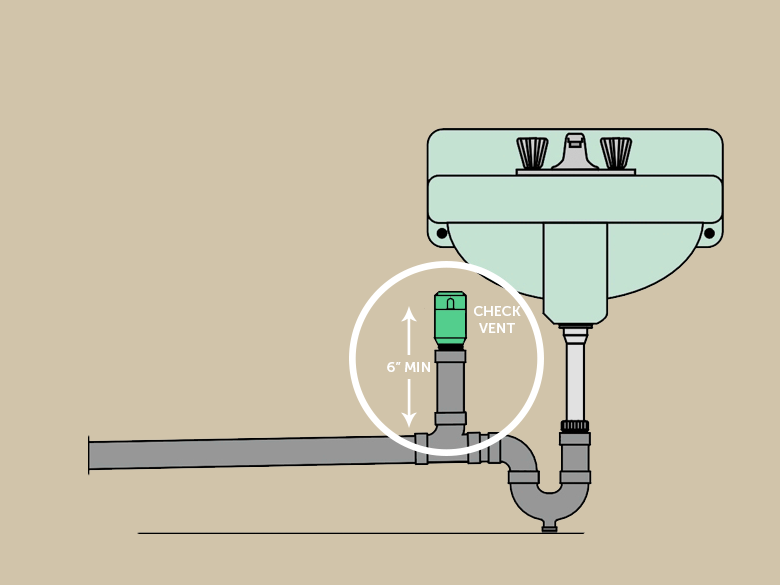




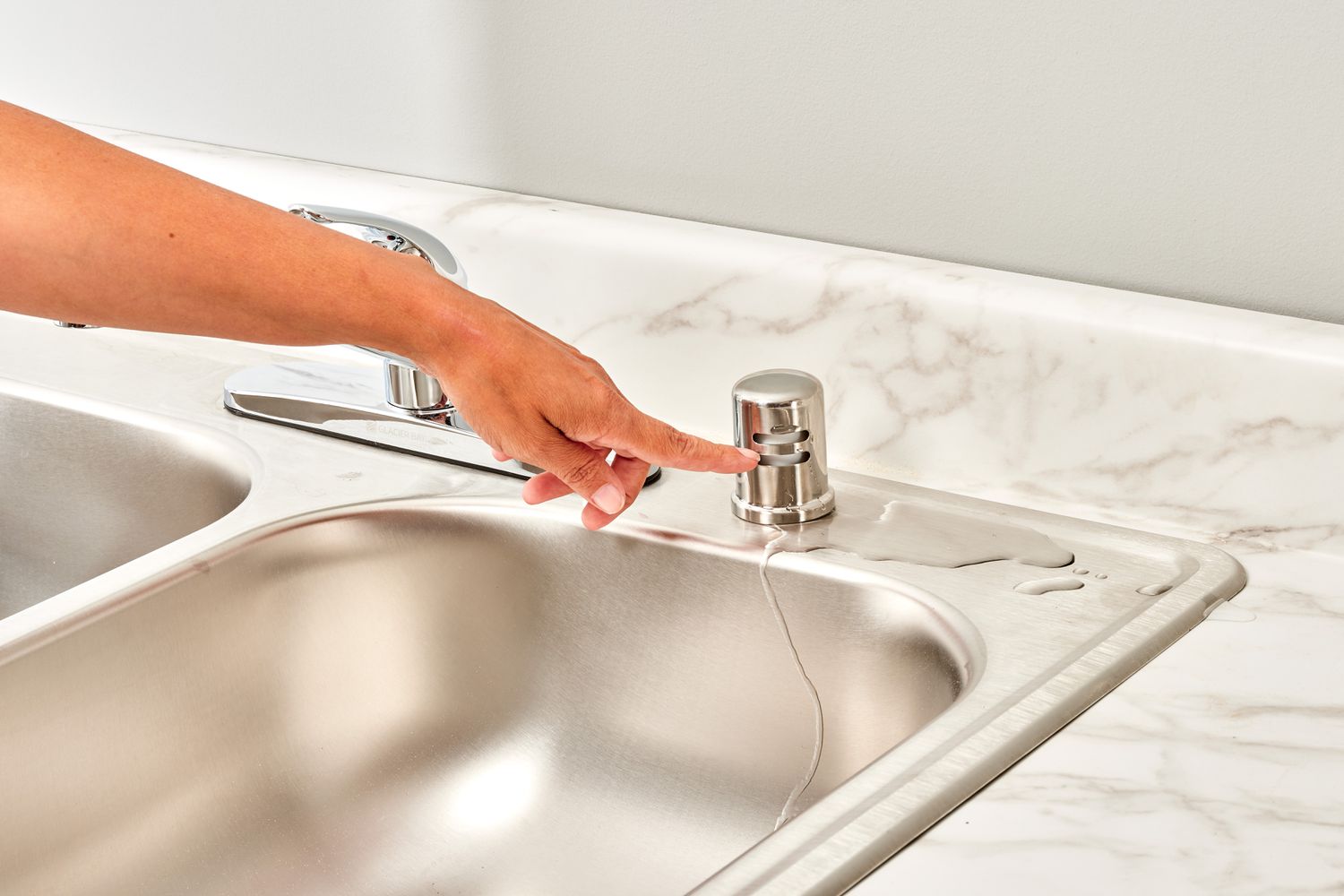

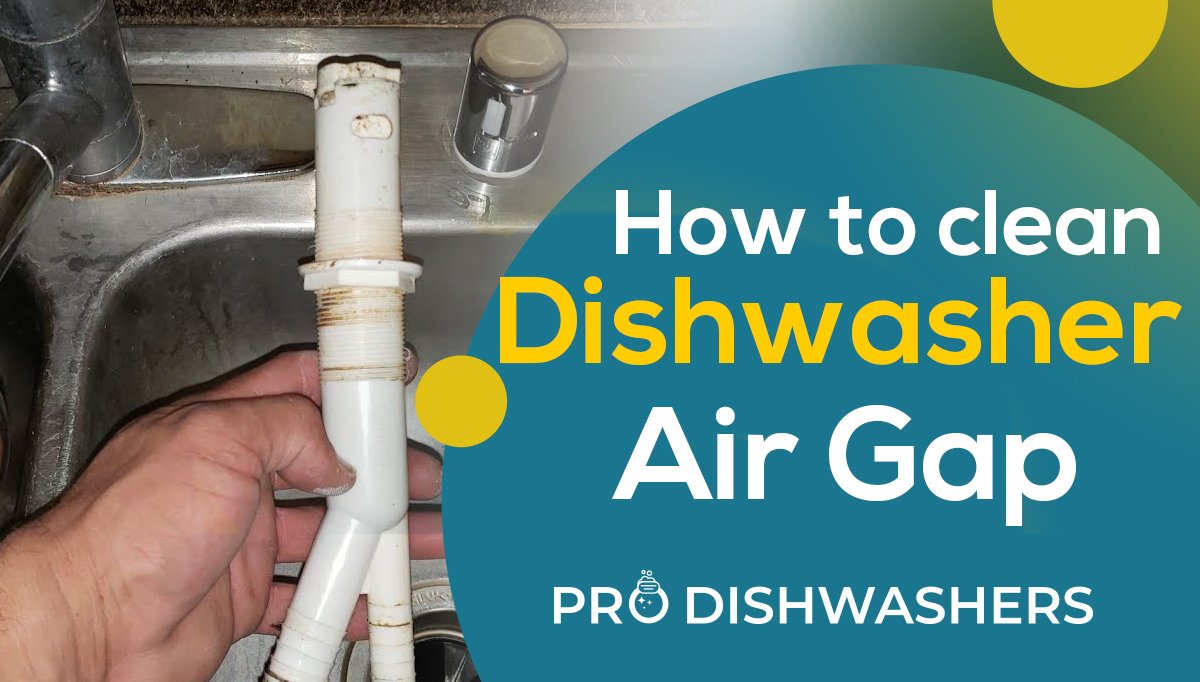

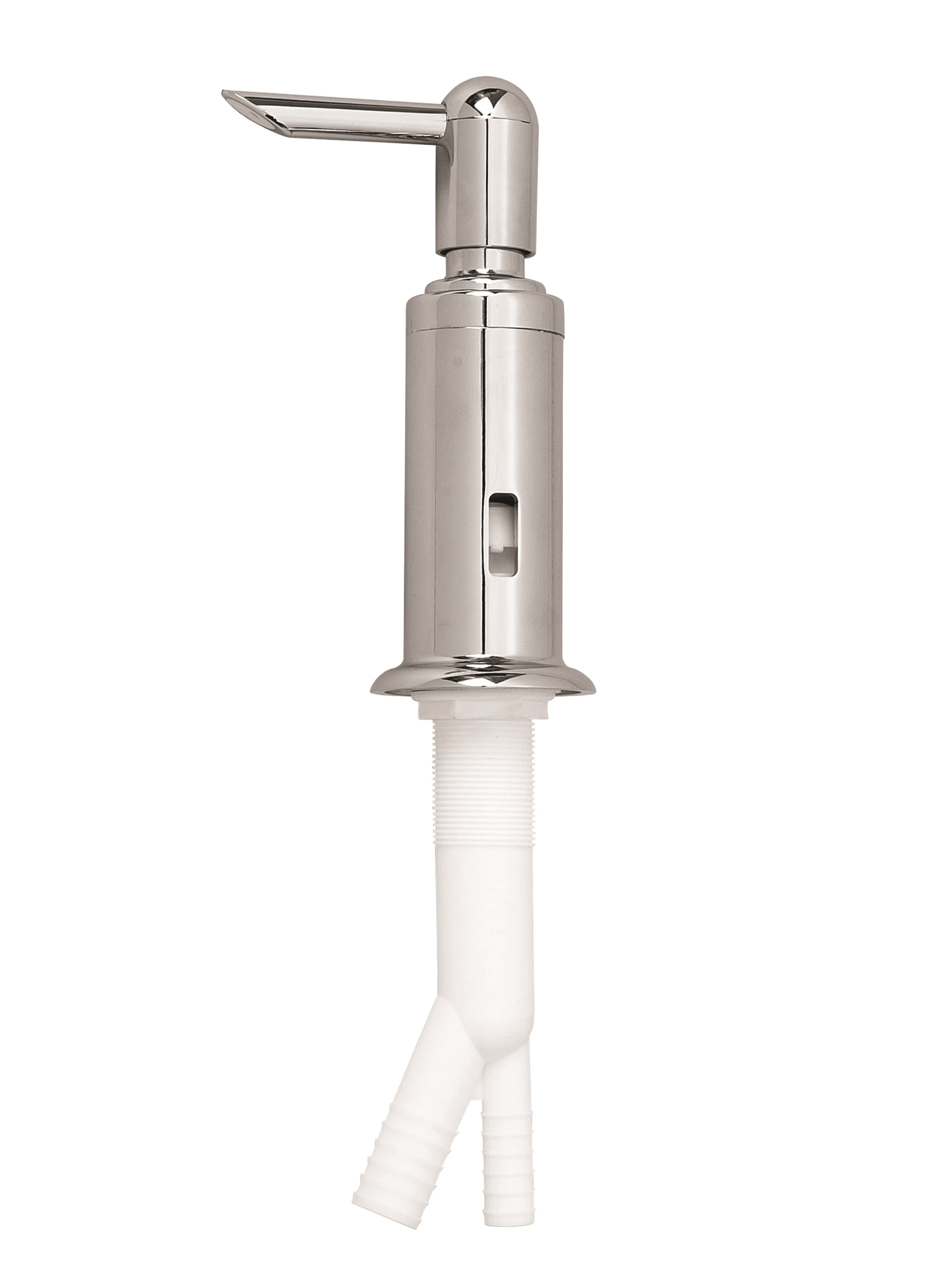






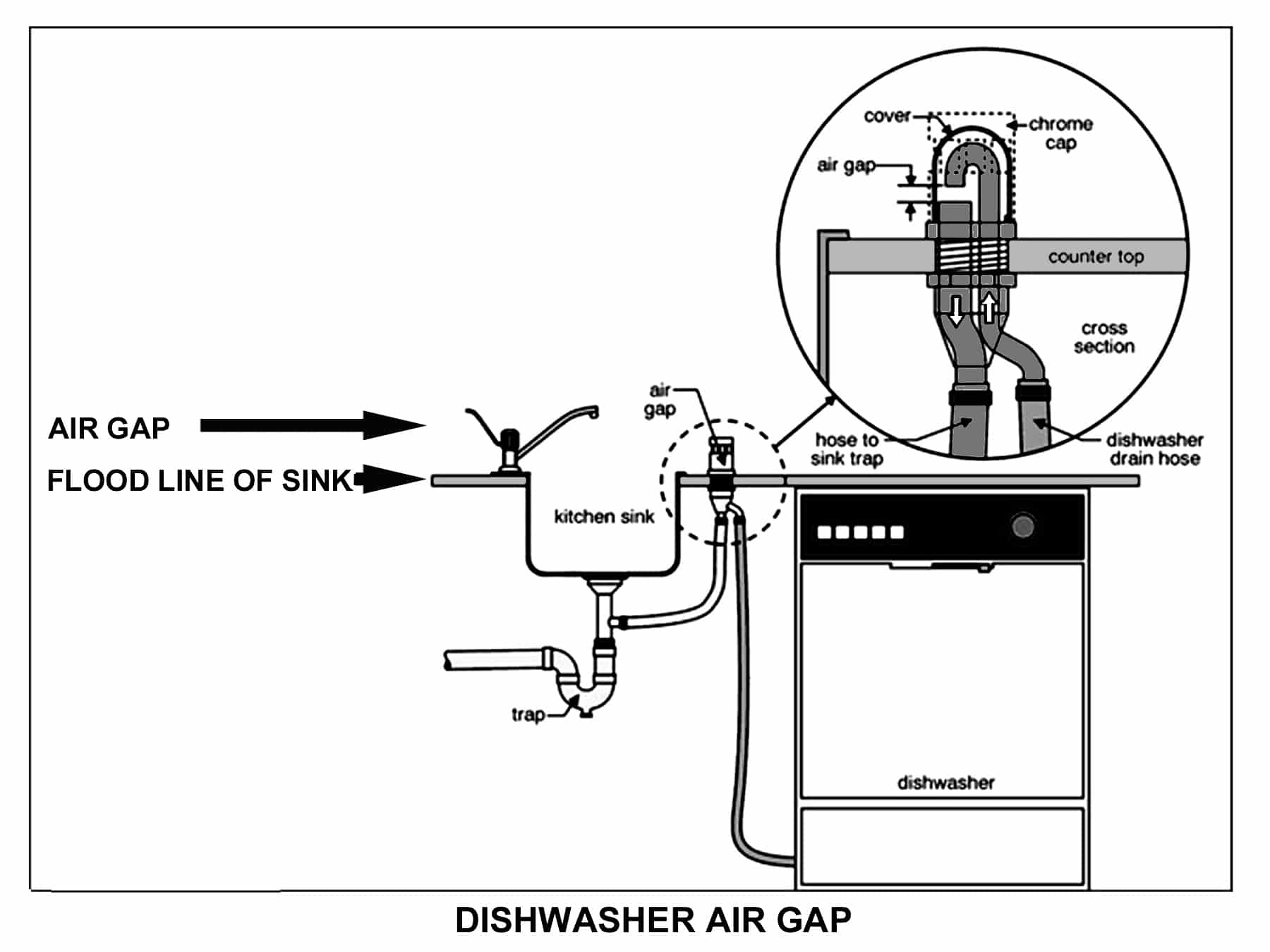








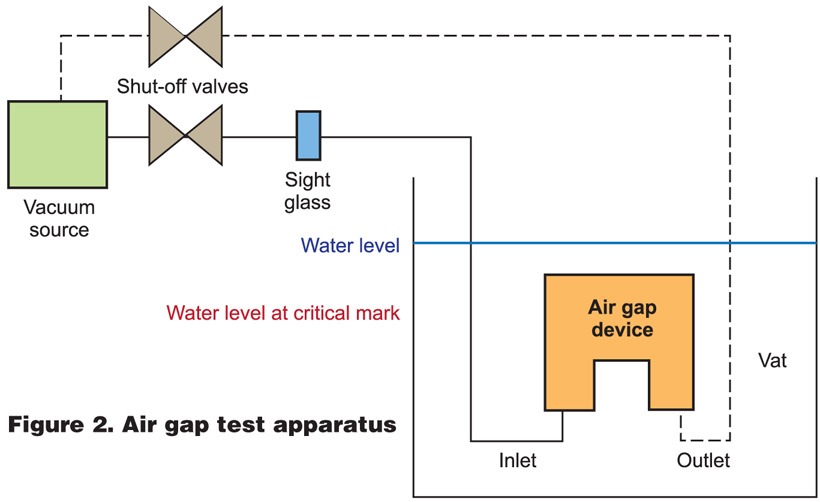

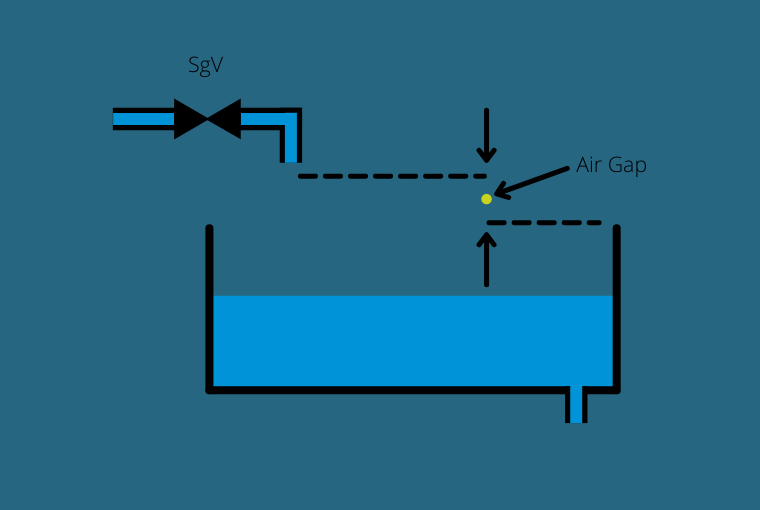




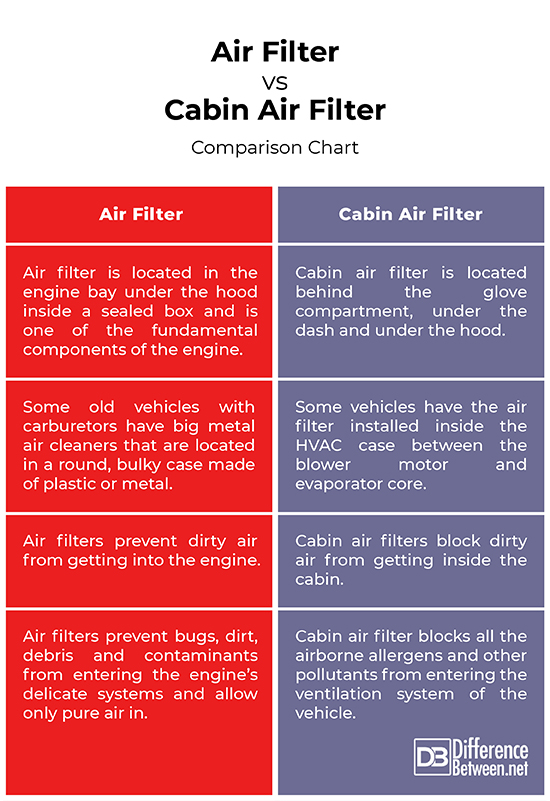
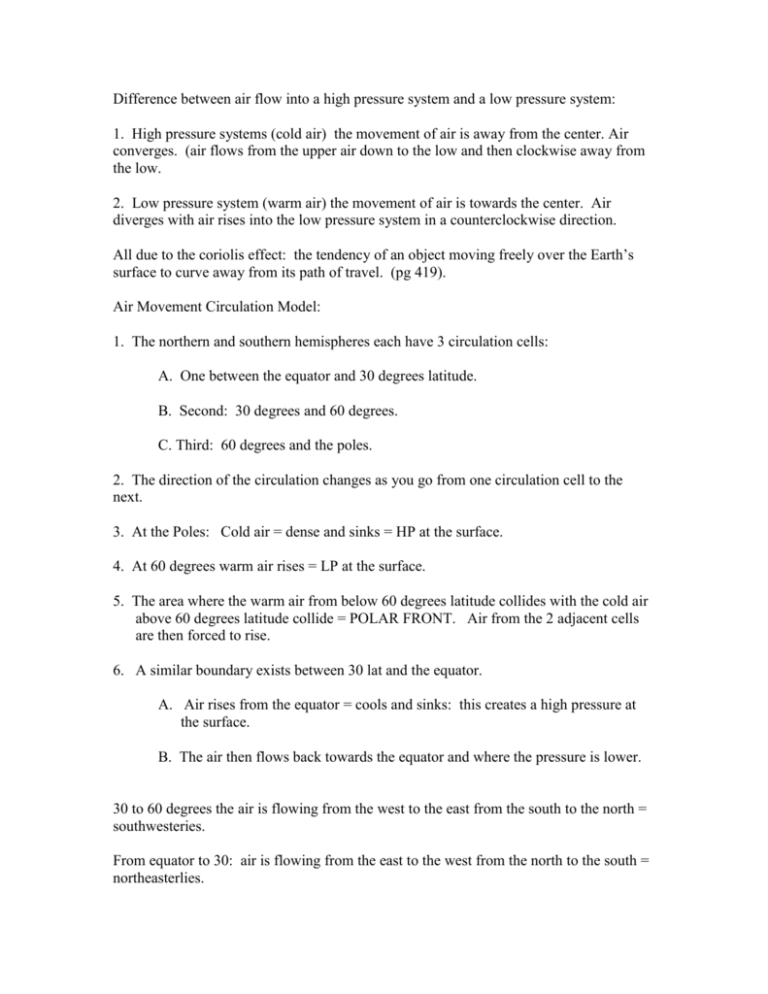

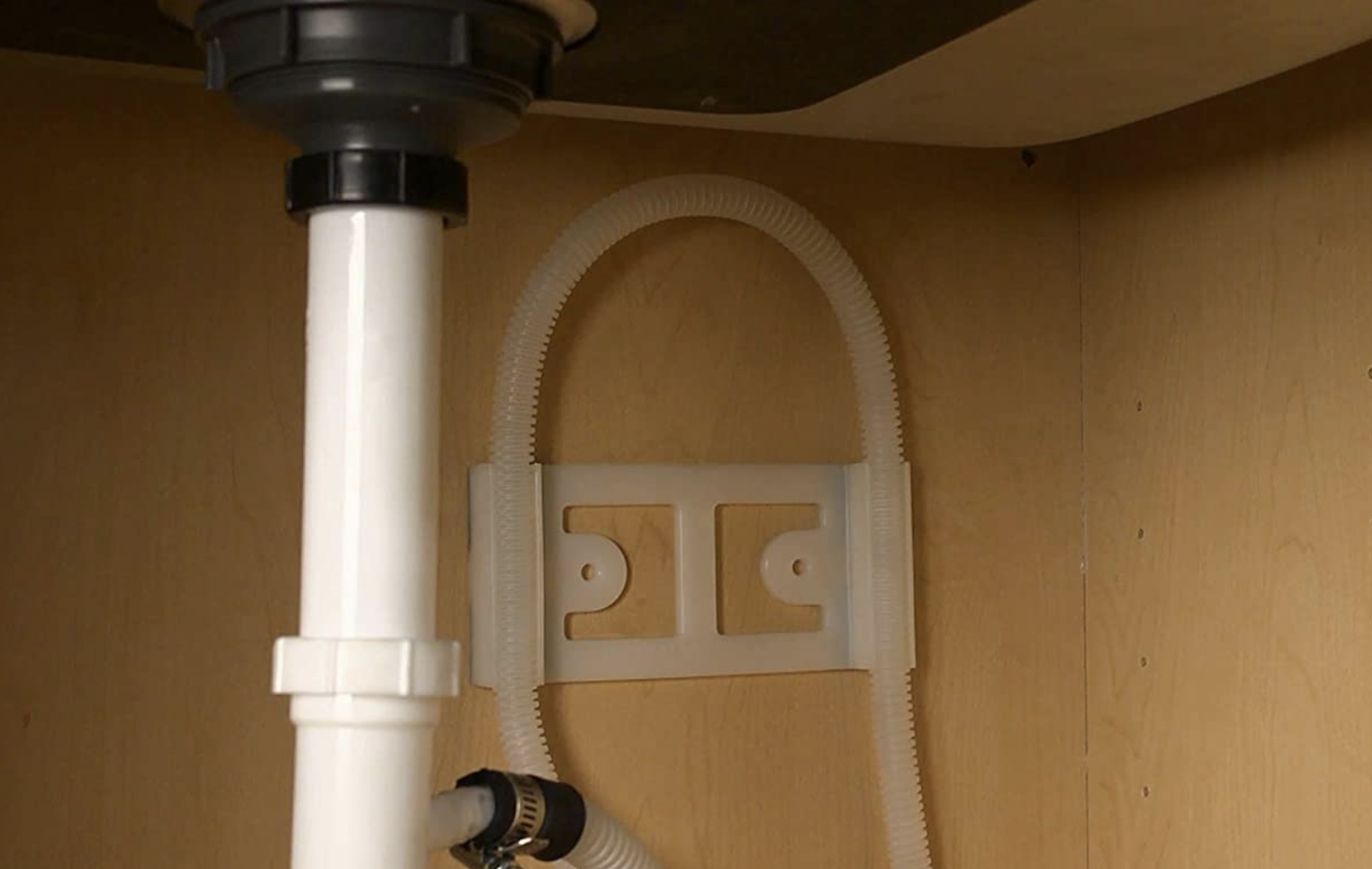


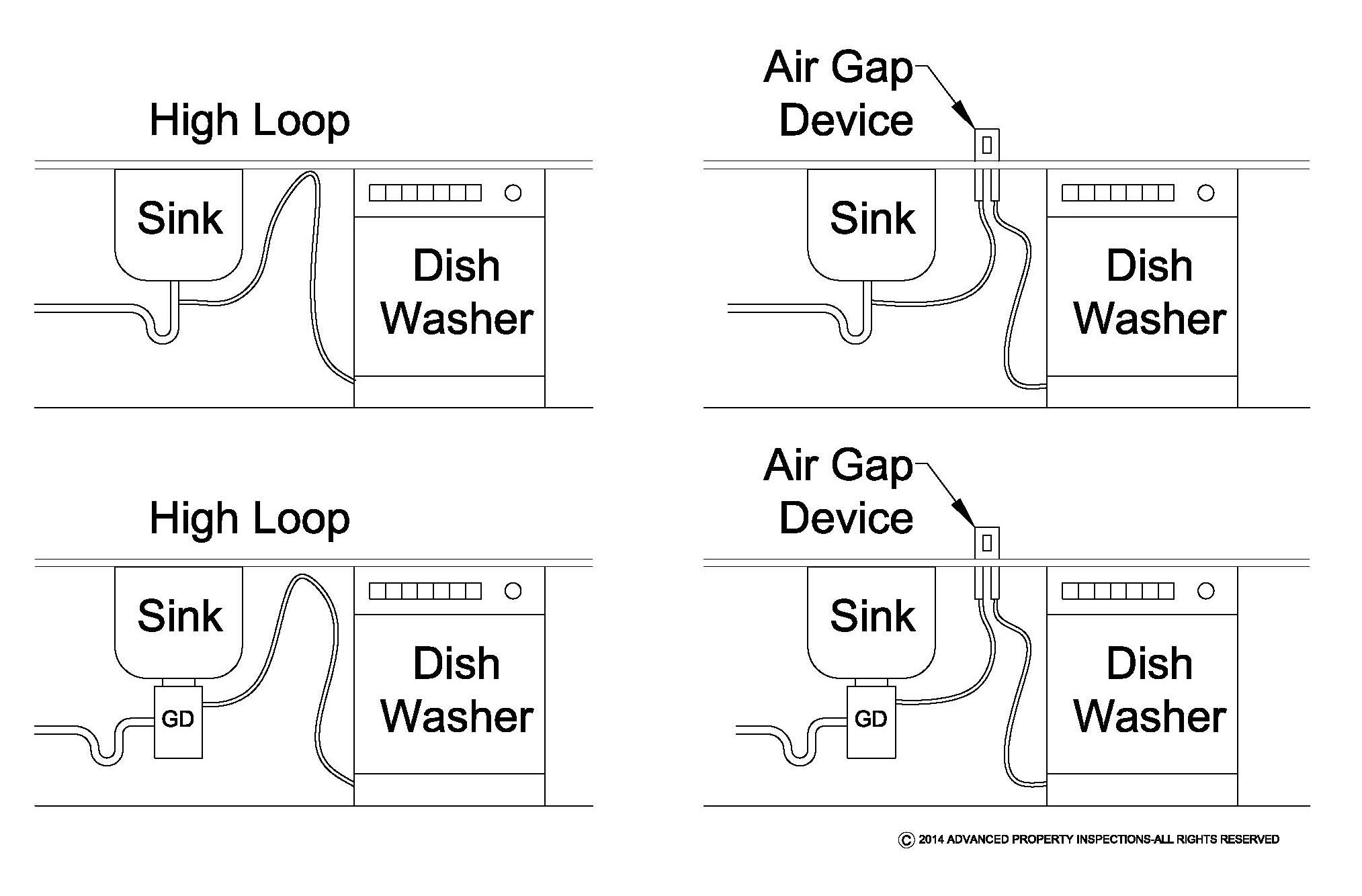

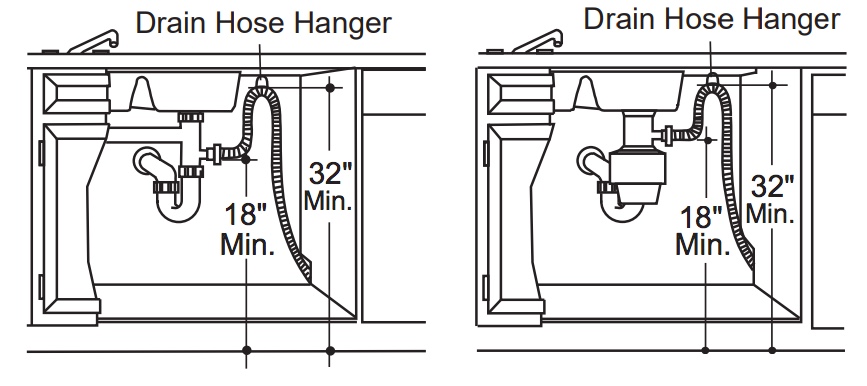
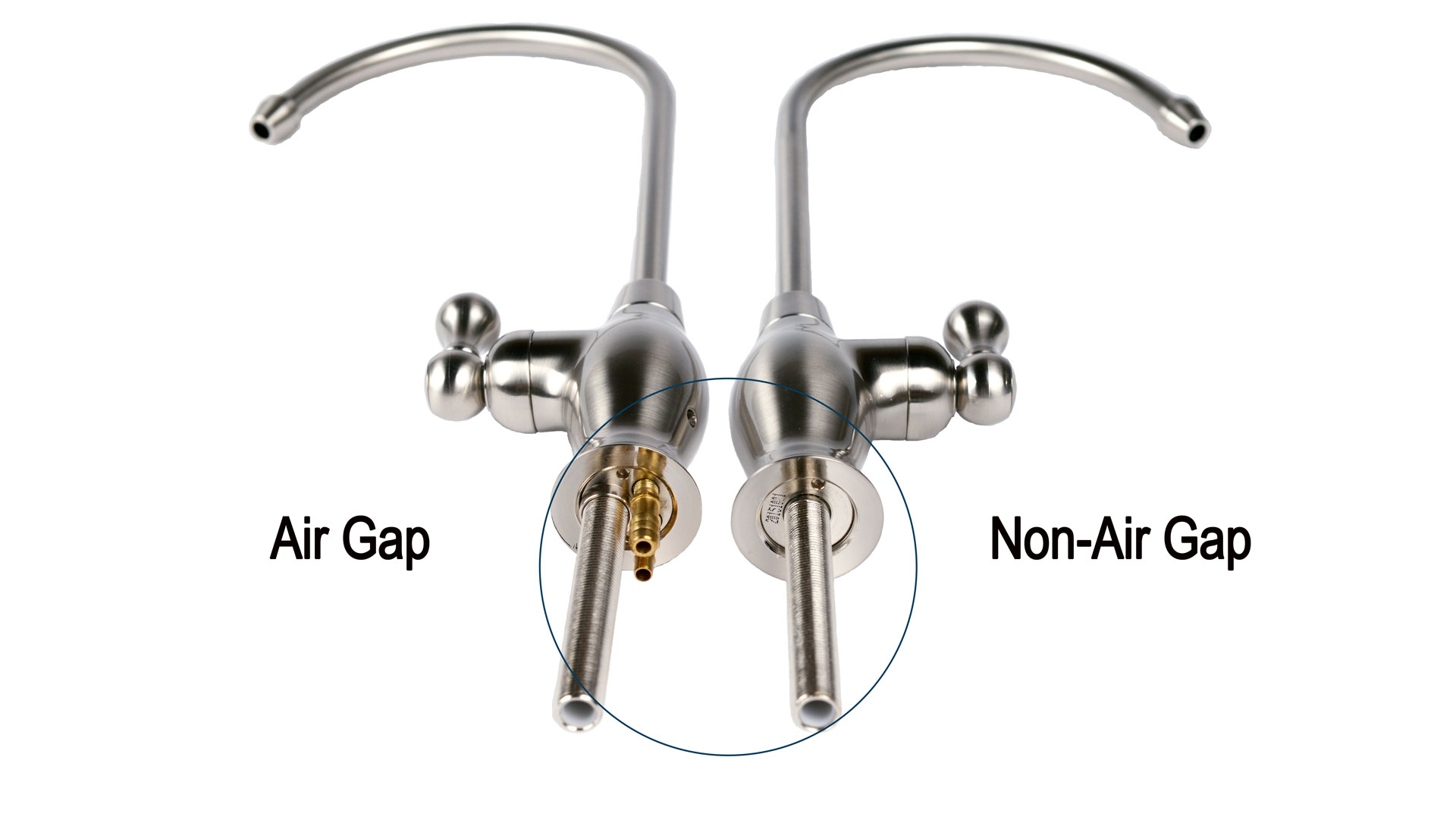


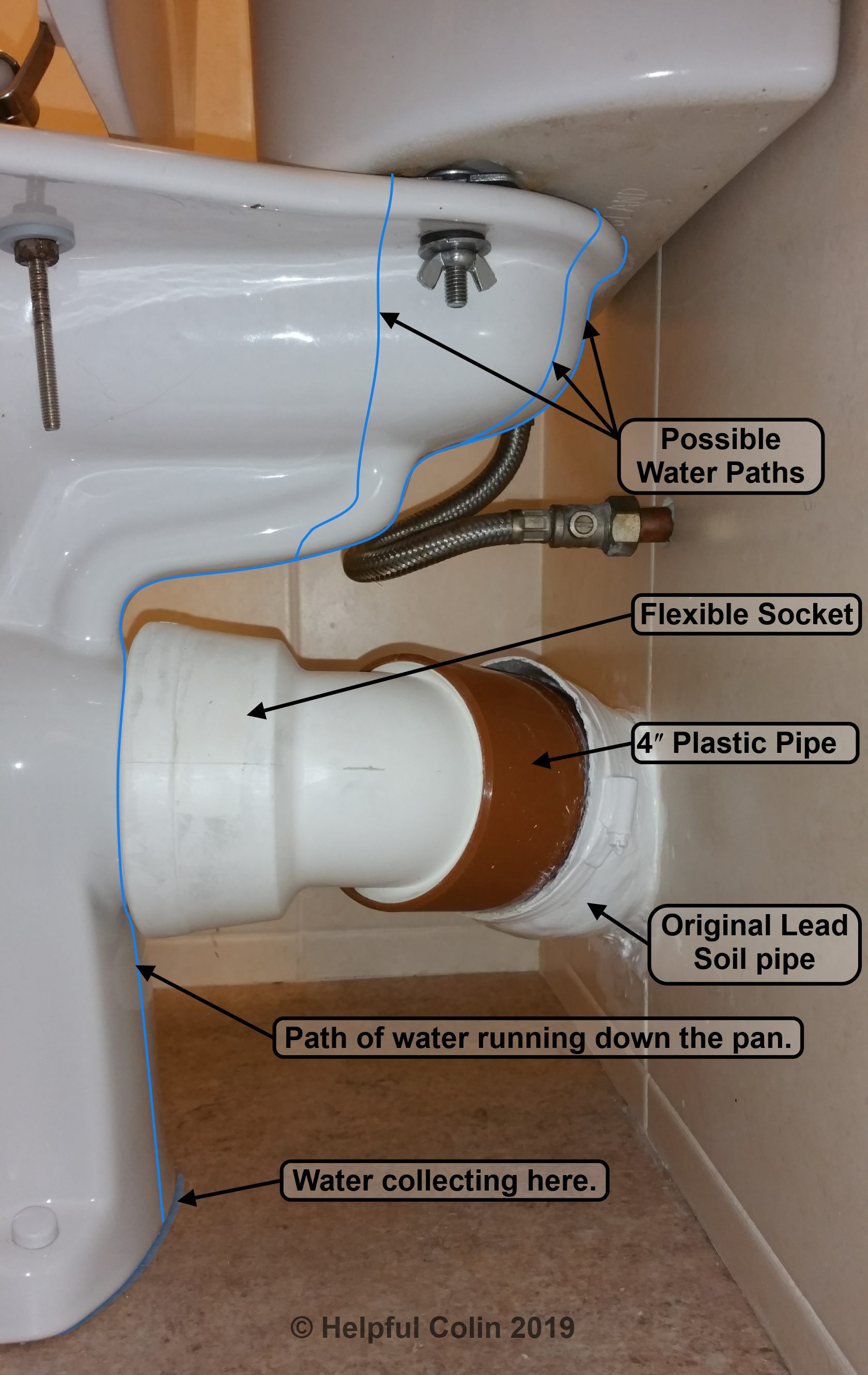


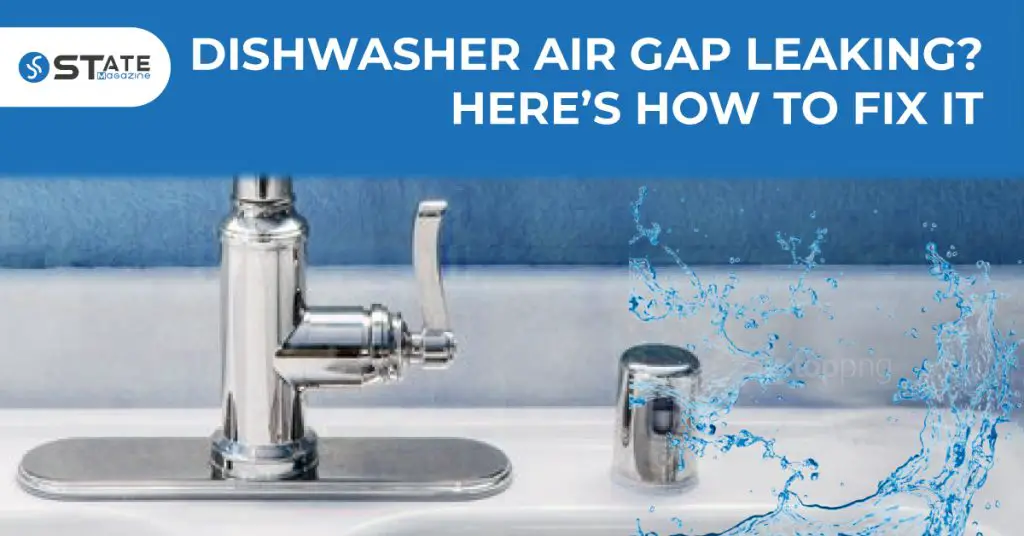
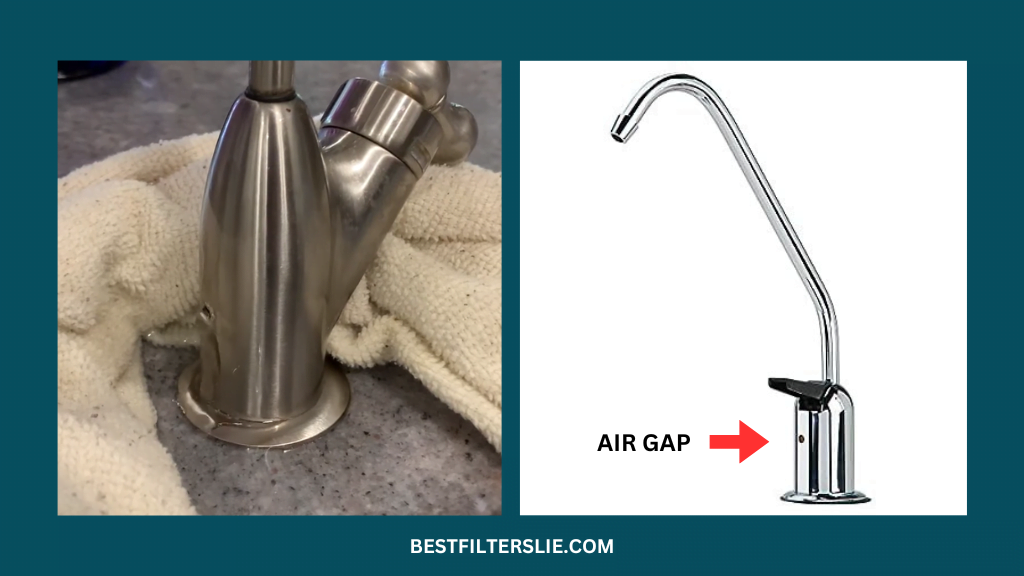

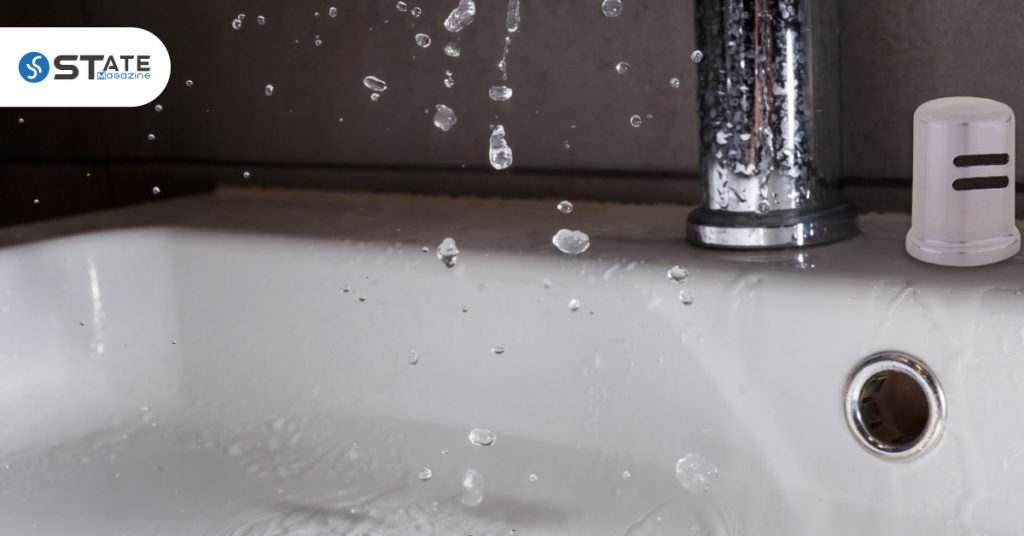





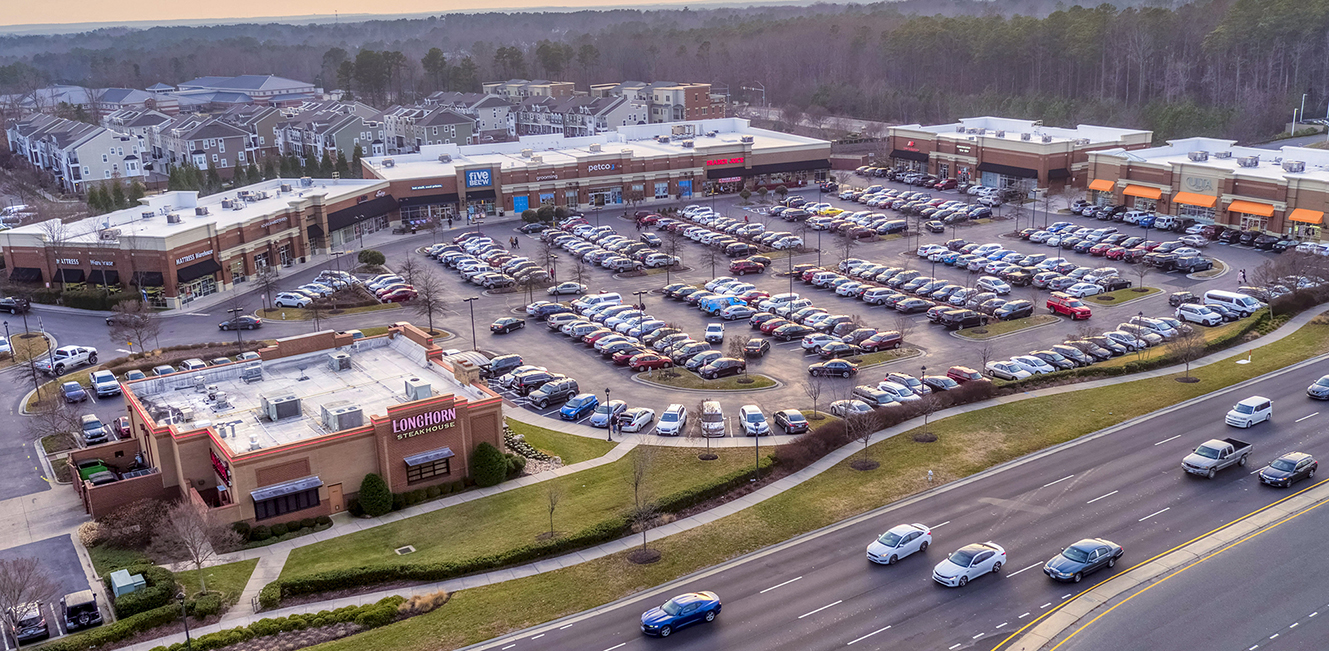
/284559-article-a-guide-to-the-standard-crib-mattress-size-5ac50d3ac5542e0037d552d1.png)


